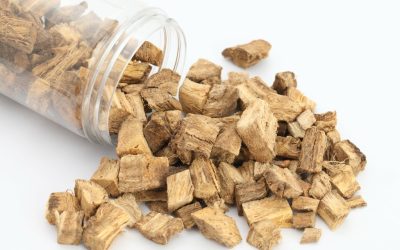You may notice increased social anxiety, hostile reactions to perceived threats, and emotional volatility. Twelve-step program Without proper coping strategies, severe anxiety could progress to more serious complications, including delirium tremens in 16% of cases. Clinical intervention becomes necessary if you experience persistent anxiety states, especially when accompanied by hallucinations or seizure risks. Understanding the stages of alcohol withdrawal and who’s at risk of dangerous symptoms will help you prepare for the journey. While some people find success detoxing on their own, having professional help to manage symptoms will increase the chances of a safe and successful recovery. Certain factors increase your likelihood of developing severe withdrawal symptoms.
- At River Rock Treatment, we’ve seen many people go through this difficult journey.
- These early symptoms include anxiety, tremors, sweating, nausea, and insomnia.
- Focus on establishing healthy relationships and community connections to replace alcohol-centered social patterns.
- Alcohol enhances GABA’s effects and inhibits glutamate, resulting in central nervous system depression.
Co-occurring medical conditions
After you stop drinking heavy, regular amounts of alcohol, your nervous system needs time to adjust. That can cause uncomfortable physical and alcohol withdrawal syndrome symptoms mental symptoms, which can sometimes be life-threatening. Get support from your doctor, friends, and family when you’re ready to stop drinking. That way, they can help you manage the discomfort and respond quickly in case of a medical emergency. For most people, alcohol withdrawal symptoms will begin to subside after 72 hours.
- The signs and symptoms of alcohol withdrawal include anxiety, tremors, sweating, seizures, and hallucinations, resulting from the body’s adjustment to the absence of alcohol after prolonged use.
- Healthcare professionals will monitor your vital signs and manage any complications that arise.
- As you move into Phase 2, your autonomic nervous system ramps up, causing you to sweat heavily, feel nauseated, or even vomit.
- Diazepam (Valium) and chlordiazepoxide (Librium) are long-acting agents that have been shown to be excellent in treating alcohol withdrawal symptoms.
Health Conditions

You’ll experience physical symptoms for 7-10 days, though some cases last up to two weeks. It is crucial to recognize that alcohol detection in tests differs from withdrawal duration and symptom persistence. Without proper medical intervention, you’re at risk for severe complications, including electrolyte imbalances and nutritional deficiencies. Your age, weight, and concurrent health conditions can greatly influence symptom severity, making professional monitoring essential during early withdrawal stages.
Finding the Right Community Support
People with alcohol use disorder and heavy drinkers should not quit drinking without medical supervision. However, try not to have too many firm expectations, as symptoms can continue for multiple weeks in some people. Alcohol withdrawal symptoms range from mild but annoying to severe and life-threatening. When you stop drinking after prolonged alcohol use, your body reacts to its absence. This reaction, known as alcohol withdrawal, causes uncomfortable physical and emotional symptoms.

Who Experiences Alcohol Withdrawal Symptoms?
Alcohol withdrawal refers to symptoms that may occur when a person who has been drinking too much alcohol on a regular basis suddenly stops drinking alcohol. After withdrawal is complete, it is essential that you not begin drinking again. Alcohol treatment programs are important because they improve your chances of successfully staying off of alcohol. Only about 20% of people with alcohol use disorder are able to abstain from alcohol permanently without the help of formal treatment or self-help programs such as Alcoholics Anonymous (AA). Of people who attend AA, 44% of those who remain free of alcohol for one year probably will remain abstinent for another year. This figure increases to 91% for those who have remained abstinent and have attended AA for five years or more.

Alcohol Withdrawal Syndrome (AWS) is a set of physical and psychological symptoms that can occur when someone who has been drinking heavily for a prolonged period suddenly reduces or stops their alcohol intake. These symptoms range from mild anxiety and tremors to severe complications like seizures and delirium tremens. AWS is the body’s response to the abrupt interruption of alcohol, a substance that the body and brain may have become dependent on. Because alcohol significantly affects the central nervous system, cessation can trigger a cascade of imbalances in the brain and body.
Goals of Treatment
After the alcohol withdrawal stage, you will transition into other treatment therapies, activities and programs. These will provide you with the tools and resources to prevent triggers, continue on-going recovery and live a well-balanced life after rehab. Alcohol rehab counselors provide support during the highs and lows of alcohol withdrawal. Counselors also look to see if there are underlying factors that may have influenced an alcohol addiction and coach patients on how to work through various matters. Alcohol withdrawal symptoms can occur as early as two hours after your last drink. Typically, symptoms will peak within the first 24 to 48 hours upon cessation.